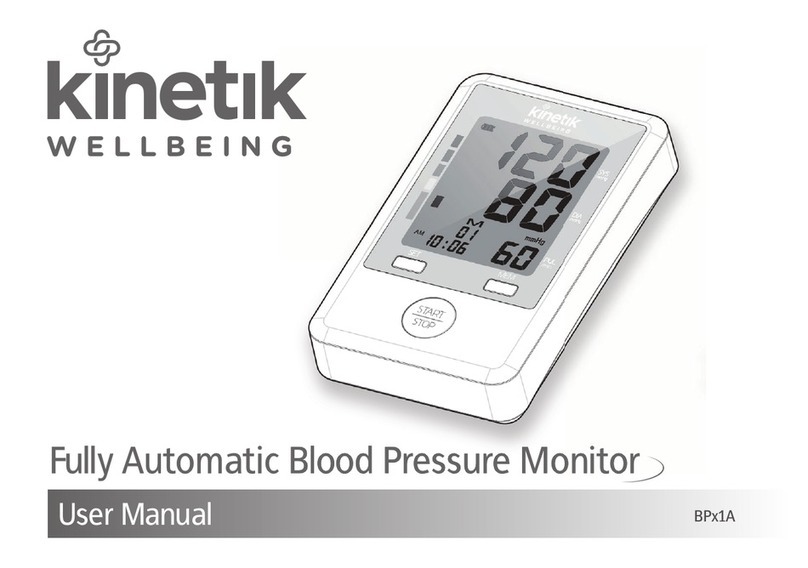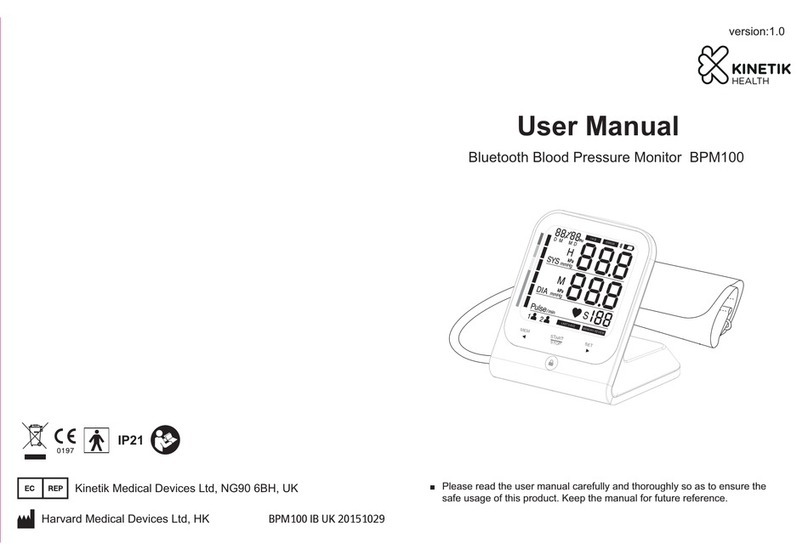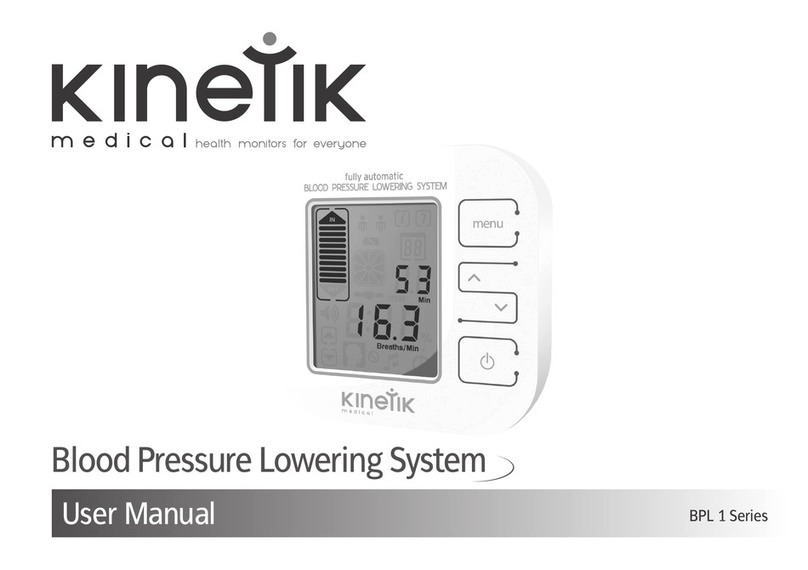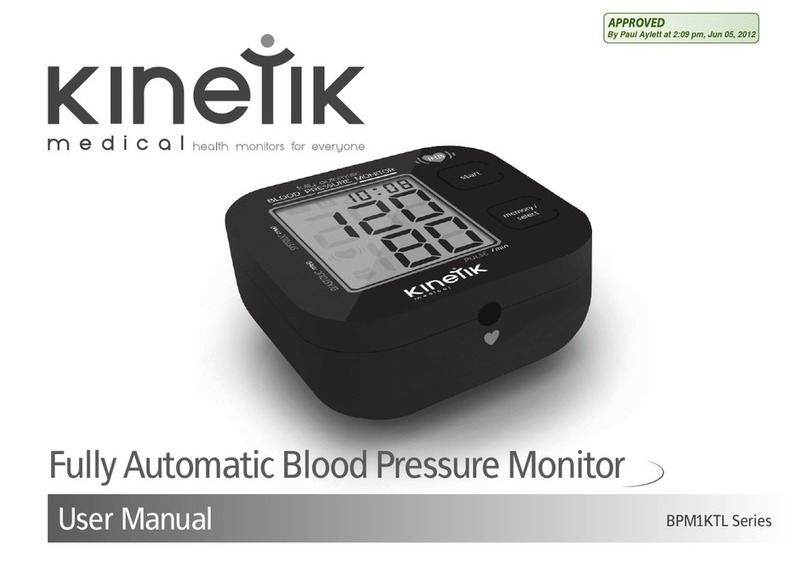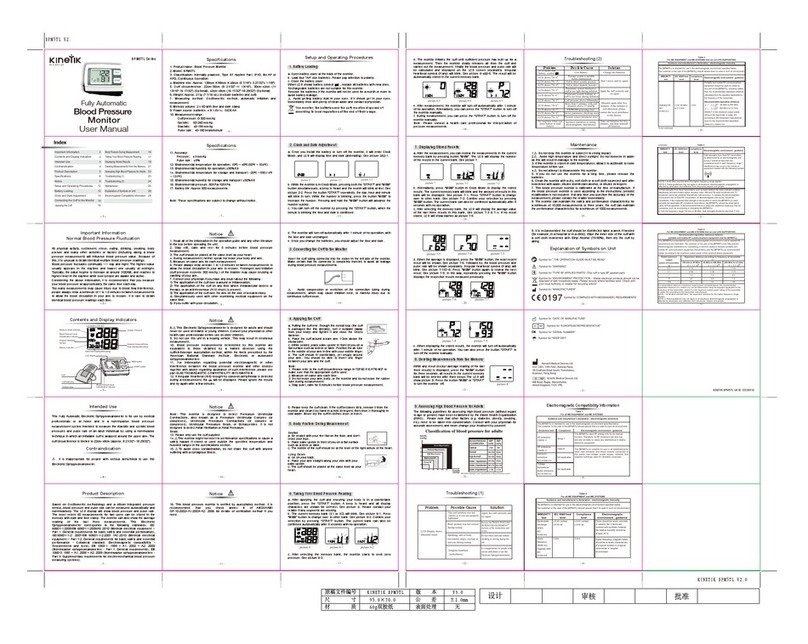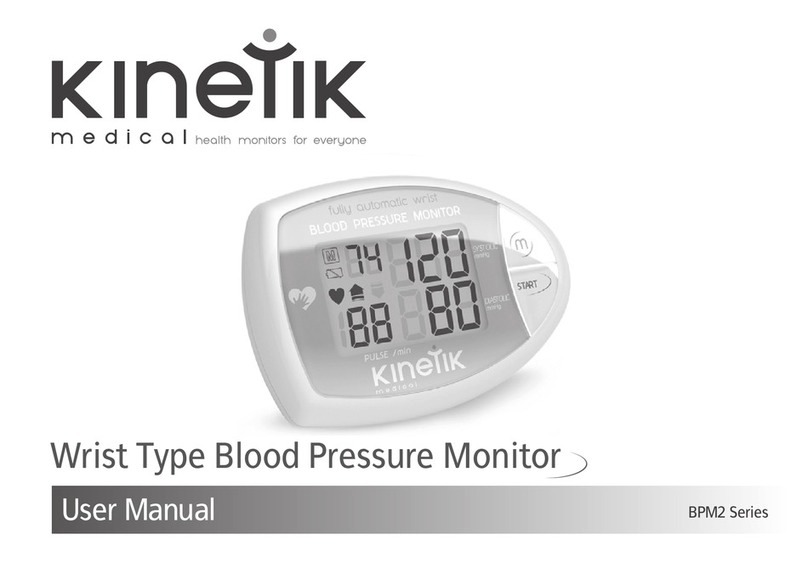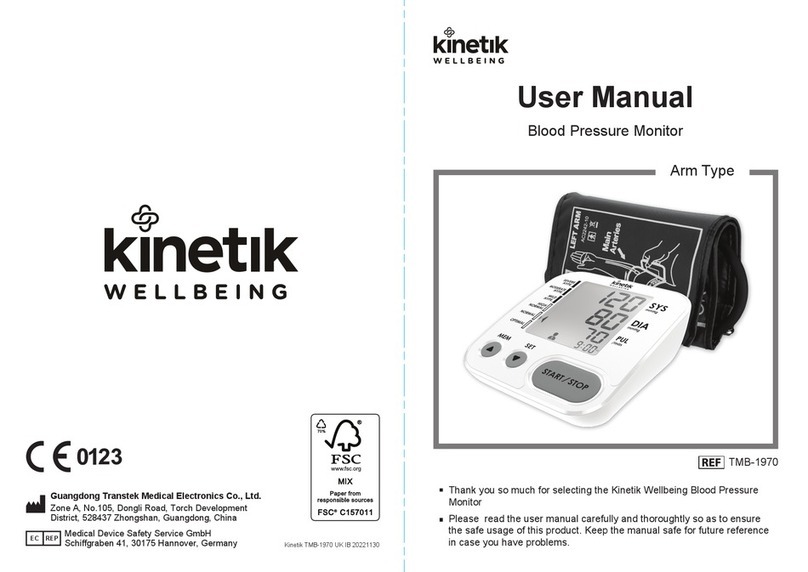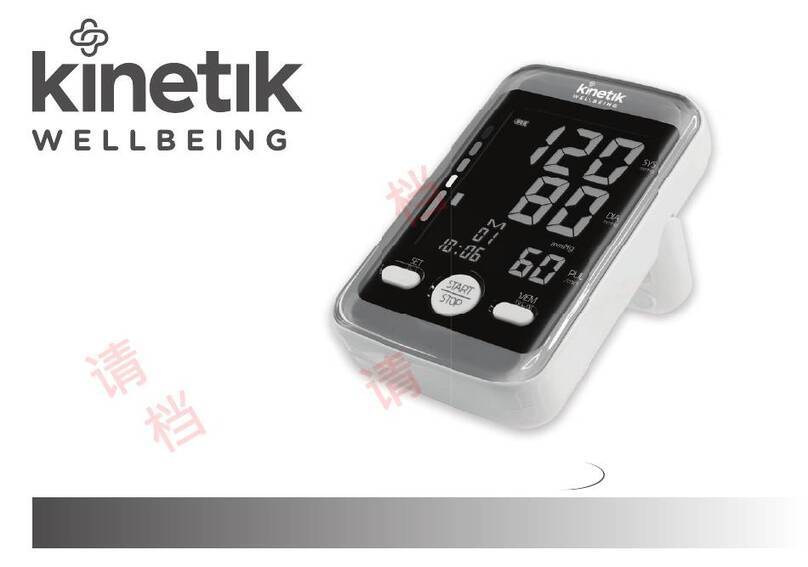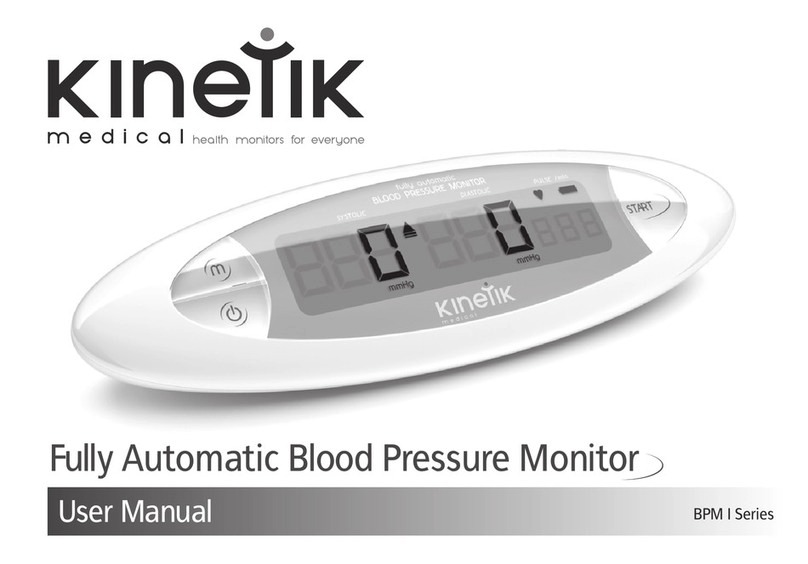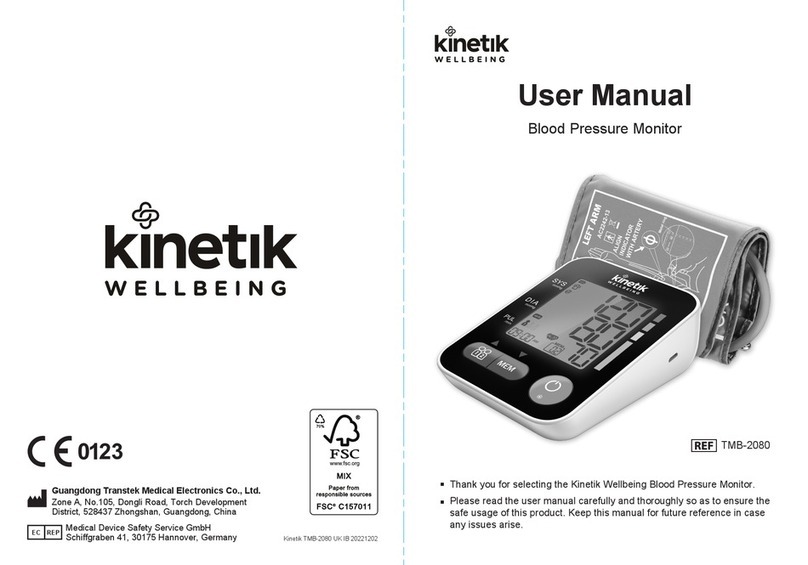BPM1TrainingManual
FrequentlyaskedQuestions
Q.WhyshouldImeasuremybloodpressure?
A.Highbloodpressureisaleadingcauseofheartattackand
strokes.Highbloodpressurehasnoobvioussymptomsand
canonlybedetectedbyusingabloodpressuremonitor.
Q.IstheBPM1clinicallyapproved?
A.Yes.IthasMedicalCEforefficacyandsafetyunderthe
EuropeanMedicalDeviceDirective.Ithasalsobeenapproved
bytheBritishHypertensionSociety.
Q.WhatistheBPM1andhowdoesitwork?
A.Itisanoninvasivedigitalbloodpressuremonitorthat
quicklyandaccuratelymeasuresarterialbloodpressure
throughaninflatablecuffthatiswrappedaroundtheupper
arm.
Q.Howlongwillittaketomeasuremybloodpressure?
A.Themeasurementprocesstakesaround30seconds.
Q.IstheBPM1safetouse?
A.Yes–theBPM1iscompletelysafetouse.Ifhoweverany
painisfelttheunitshouldberemovedandnolongerused.
BPM1TrainingManual
BloodPressureClassification:
Bloodpressureisclassifiedbasedonthesystolicanddiastolic
bloodpressuresmeasuredinmillimetersofmercury(mmHg).
Systolicbloodpressureisthebloodpressureinvesselsduring
aheartbeatandisthehighernumber.Diastolicblood
pressureisthepressurebetweenheartbeatsandisthelower
number.Thesetwonumbersaregiventogetheri.e.“120over
80”toindicateabloodpressurevalue.
ClassificationSystolic
mmHg
Diastolic
mmHg
Hypotension*≤90≤60
OptimalBloodPressure91‐11961‐79
NormalBloodPressure120‐129 80‐84
High‐NormalBloodPressure130‐139 85‐89
Grade1Hypertension(mild)140‐159 90‐99
Grade2Hypertension(moderate) 160‐179 100‐109
Grade3Hypertension(severe)≥180≥110
*Hypotensionisabnormallylowbloodpressure.Howeverin
practice,bloodpressureisconsideredtoolowonlyif
noticeablesymptomssuchaslightheadedness,dizzinessor
faintingarepresent.

